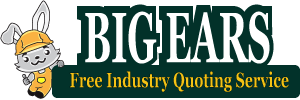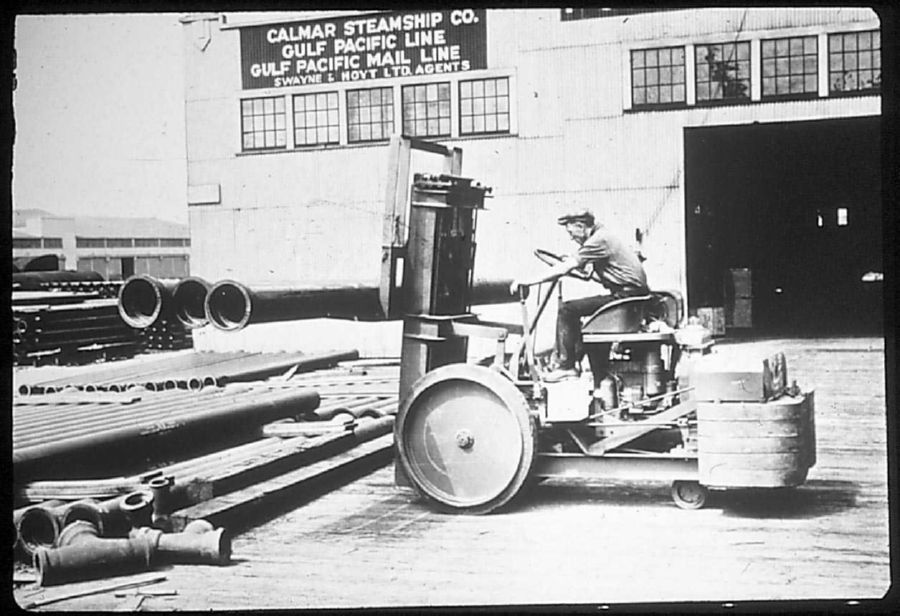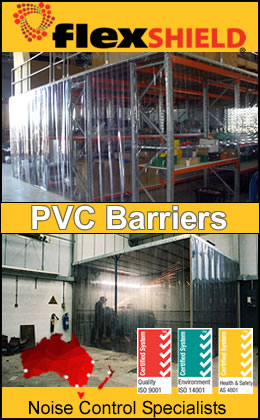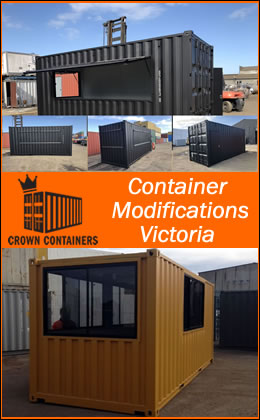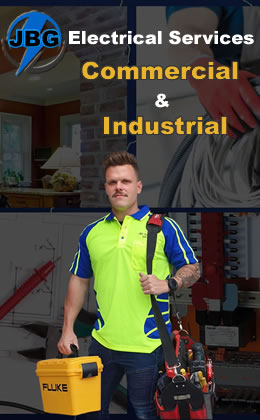History of Forklifts
A forklift truck, a lift truck, a High/Low or a forklift and sideloader is a powered industrial truck used to lift and transport materials, normally by means of steel forks inserted under the load.
Forklifts are most commonly used to move loads stored on pallets. The forklift was developed in the 1920s by various companies including the transmission manufacturing company Clark (today known as Clark Material Handling Company) and the hoist company Yale & Towne Manufacturing (today known as Yale Materials Handling Corporation). It has since become an indispensable piece of equipment in manufacturing and warehousing operations.
Design types
There are many national and/or continental associations related to the industrial trucks. The three major ones are the Industrial Truck Association (North America), the Fédération Européenne de la Manutention (Europe), and the Japan Industrial Vehicles Association (Japan). There are many significant contacts among them and they have established joint statistical and engineering programs. One program is the WITS (World Industrial Trucks Statistics) published every month to the association memberships. The statistics are separated by area (continent), country, and class of machine. While the statistics are generic, and do not count production from most of the smaller manufacturers, the information is significant for its depth. These contacts have brought to a common definition of the Class System, which all the major manufacturers adhere to. Following is the list of the more common truck types, from the smallest to the biggest:
- Hand Pallet Truck (a “pump truck” or a “CHEP truck”, a simple mechanism whereby hand-pumped hydraulics raise or lower a single pallet simply to provide clearance from the floor for manual (hand) pulling; heavy loads are unwieldy or risk injury to operators.)
- Walkie low lift truck (powered pallet truck, usually electrically powered)
- Rider low lift truck
- Towing tractor
- Walkie stacker
- Rider stacker
- Reach truck (small forklift, designed for small aisles, usually electrically powered)
- Electric counterbalanced truck
- IC counterbalanced truck
- Sideloader
- Telescopic handler
- Slip Sheet machine
- Walkie Order Picking truck
- Rider Order Picking truck (commonly called an “Order Picker”; like a small forklift, except the operator rides up to the load and transfers it article by article)
- Very narrow aisle truck (usually a reach truck designed for aisles less than five feet wide)
For a common (North American) reference, Home Depot, Lowes and Rona generally employ reach trucks inside the store and “traditional” forklifts when the store is closed. Most employees of such warehouse stores will happily explain the differences between the machines.
Characteristics
A typical forklift may be generally described as follows:
- The truck proper, which is a motive machine with wheels and/or tracks powered through a drive train.
- A liquefied petroleum gas (LPG)–, petrol- or diesel fueled internal combustion engine, or an electric motor(s) either direct current or alternating current powered by either a battery or fuel cells.
- The mast, which is the vertical assembly that does the work of raising, lowering, and tilting the load; the mast is either hydraulically operated consisting of one or more cylinder(s) and interlocking rails for lifting and lowering operations and for lateral stability, or it may be chain operated with a hydraulic motor providing motive power.
- The carriage, which comprises flat metal plate(s) and is moved along the mast either by means of chains, or by being directly attached to the hydraulic cylinder.
- One or more forks, which are the L-shaped members that engage the load. The back vertical portion of the fork attaches to the carriage most often by means of a hook or latch (Class I to IV forks), while some forks use a shaft mount. The front horizontal portion (which is usually tapered for ease of insertion) is inserted into or under the load, usually on a pallet or skid.
- Alternatively, a variety of other equipment is available, including slipsheet clamps, carton clamps, carpet rams, pole handlers, container handlers, roll clamps and others.
- A load back rest is fitted when the load is higher than the top of the carriage, and is a rack-like extension either bolted or welded to the carriage to prevent the load from shifting backward.
- Rider operated machines have a driver’s overhead guard, which is a metal roof, supported by posts, that helps protect the operator from any falling objects.
- The cab, which may contain a seat for the operator, along with the control pedals, steering wheel, levers, and switches for controlling the machine and a dashboard containing operator readouts. The cab may be open, or closed, but is bounded by the cage-like overhead guard assembly.
- Counterbalance machines have a counterweight, which is a heavy iron mass attached to the rear of the machine, necessary to compensate for the load. In an electric forklift, the large lead-acid battery itself may serve as part of the counterweight.
Control and capability
Forklift trucks are available in many variations and load capacities. In a typical warehouse setting most forklifts used have load capacities of around one to five tons, though machines of over 50 tonnes capacity have been built and operated.
In addition to a control to raise and lower the forks (also known as blades or tines), the operator can tilt the mast to compensate for a load’s tendency to angle the blades toward the ground and risk slipping off the forks. Tilt also provides a limited ability to operate on non-level ground. Some machines also allow the operator to move the tines and backrest laterally (side-shift), allowing easier placement of a load. To aid the handling of skids that may have become excessively tilted and other specialty material handling needs, some forklifts are fitted with a mechanism that allows the tines to be rotated. In addition, a few machines offer a hydraulic control to move the tines together or apart, removing the need for the operator to get out of the cab to manually adjust for a differently sized load.
Roll and barrel clamp attachments for handling barrels, kegs, or paper rolls also have a control to operate the clamp pads that grab the load, such attachments also usually have a rotate function so that a vertically stored paper roll can be inserted into the horizontal intake of a printing press.
In some locations (such as carpet warehouses) a long metal pole is used instead of forks to lift large rolls. Similar devices, though much larger, are used to pick up 40 tonne metal coils.
Another variation, used in some manufacturing facilities, utilizes forklift trucks with a clamp attachment that the operator can open and close around a load, instead of forks. Products such as cartons, boxes, etc., can be moved with these trucks. The product to be moved is squeezed, lifted, and carried to its destination. These are generally referred to as “clamp trucks”.
Skilled forklift operators annually compete in obstacle and timed challenges at regional forklift rodeos.
Over 300 brands of forklift have existed. Many have disappeared through acquisitions, others have gone bankrupt, and some shut down.
